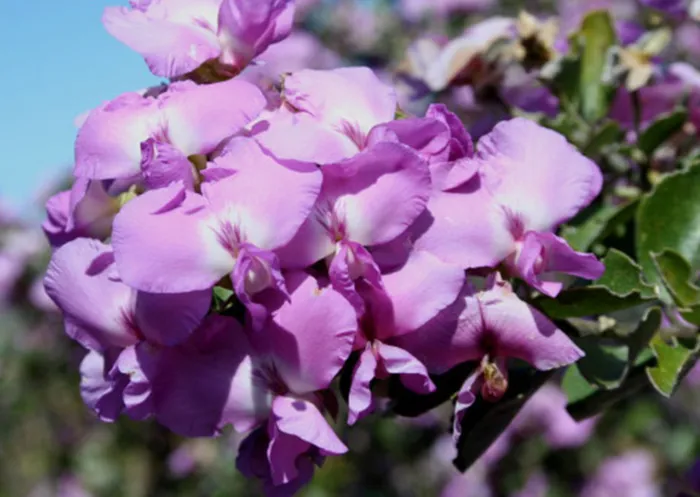Spring can make you dizzy with delight

handout handout
“I have seen foreign flowers in the hothouse, of the most beautiful nature, but I do not care a straw for them. The simple flowers of our spring are what I want to see.” – John Keats
Cape Town - Wild flower displays along the West Coast this spring seem to have been the best in years.
Nearer to home, the keurtjies lining the Ou Kaapse Weg this month, appeared almost as showy and proliferous. Our good rains in winter have paid off. The keurtjie, or sweet pea bush (Podalyria calyptrata) is a valuable shrub for the indigenous, fynbos garden. It is sweetly scented, fast-growing, and with its mauve blooms and silvery foliage, very decorative. Like most fynbos plants it is happiest in well-drained, composted, acidic soil. Plant it as a backdrop to the garden bed, or along a boundary, for it can reach three metres in height.
A smaller version of the keurtjie is the silky podalyria (P sericea), which has smaller, almost insignificant flowers, but it, too, is an asset in the garden as its silvery foliage makes a fine contrast to greenery. Its ripe seed pods open with a loud snap when watered.
This is a neat little shrub, seldom reaching more than half a metre in height, so is ideal for the smaller garden.
My blue-mauve wisteria, with its glorious, pendant clusters of flowers, has been blooming for about a month already, while its paler companion alongside is only just beginning to awaken from winter dormancy.
Wisteria species and varieties range in colour from purple through to mauve, pink and pure white. Some are more exuberant than others. They love the sun and revel in lots of water when flowering.
This beautiful creeper, which originates from Eastern Asia, takes time to establish itself. Thereafter, it usually grows vigorously.
On some Japanese islands, such as Honshu and Shikoku, it grows wild, clambering up trees towards the sunlight and perfuming the air with its fruity, tuberose fragrance.
If you have a sturdy, deciduous tree, you might like to emulate this by planting a wisteria beside it. Usually, however, wisterias are grown over pergolas.
Being a legume, like the podalyria, the wisteria creates its own supply of nitrogen and doesn’t need heavy feeding. Prune all basal growth back to the main trunk, for many of these plants are grafted on to a stronger-growing, but less floriferous form.
In summer, remove all whippy growth, which can be several metres in length. Then in winter prune again to tidy up your plant to a firm framework. - Cape Argus